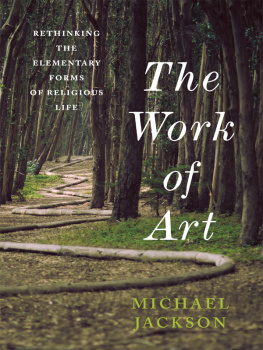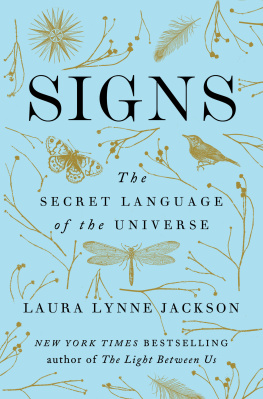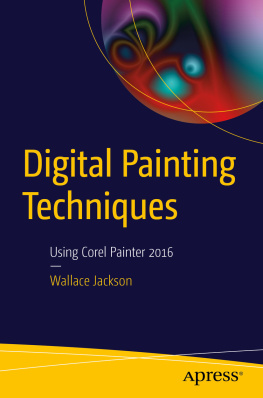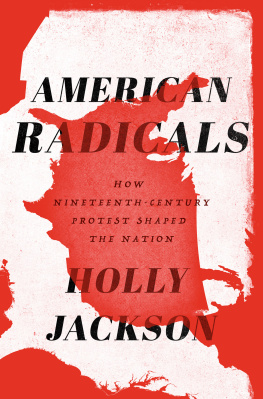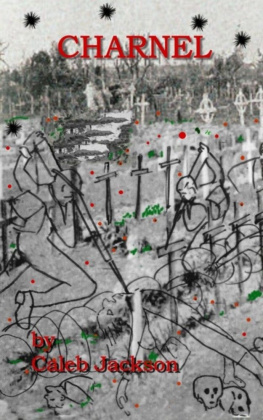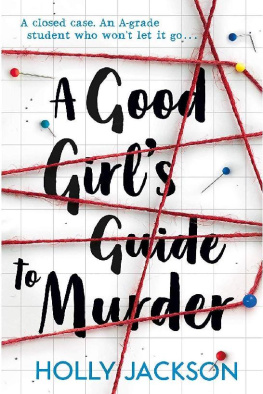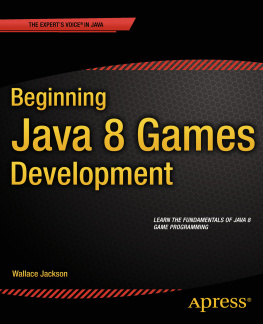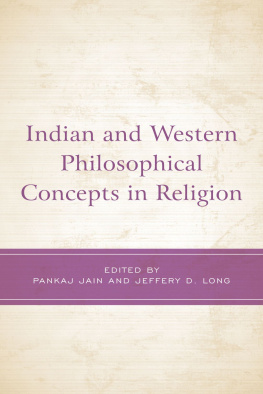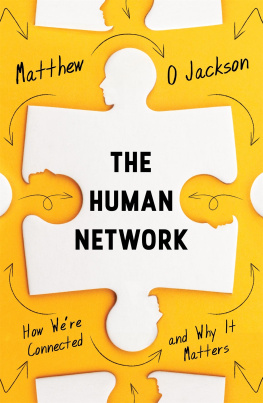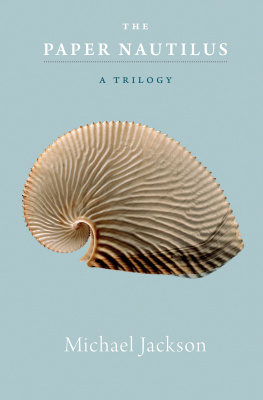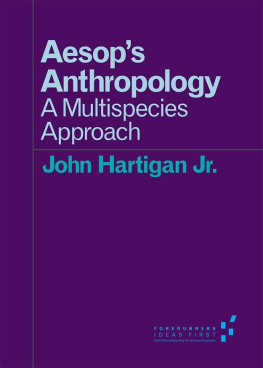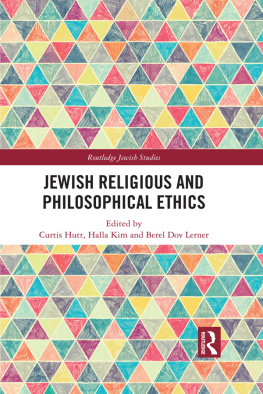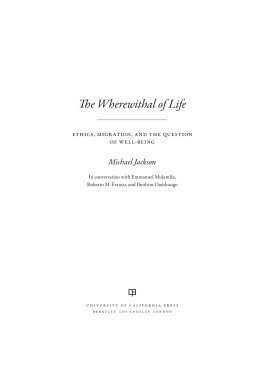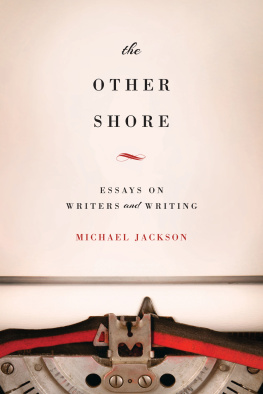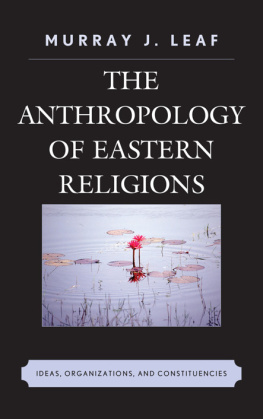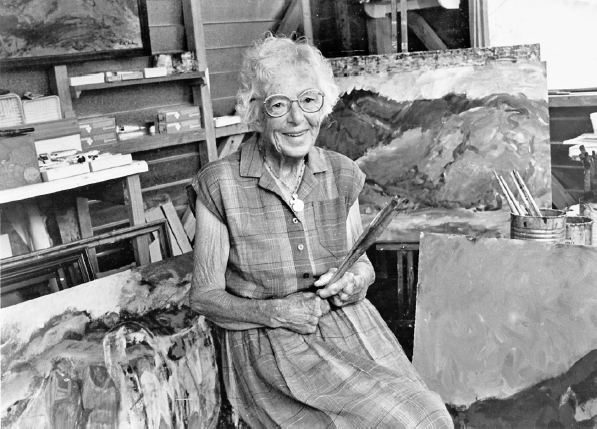Table of Contents
The Work of Art
INSURRECTIONS: Critical Studies in Religion, Politics, and Culture
INSURRECTIONS: CRITICAL STUDIES IN RELIGION, POLITICS, AND CULTURE
Slavoj iek, Clayton Crockett, Creston Davis, Jeffrey W. Robbins, Editors
The intersection of religion, politics, and culture is one of the most discussed areas in theory today. It also has the deepest and most wide-ranging impact on the world. Insurrections: Critical Studies in Religion, Politics, and Culture will bring the tools of philosophy and critical theory to the political implications of the religious turn. The series will address a range of religious traditions and political viewpoints in the United States, Europe, and other parts of the world. Without advocating any specific religious or theological stance, the series aims nonetheless to be faithful to the radical emancipatory potential of religion.
For a complete list of books in the series, see
The Work of Art
RETHINKING THE ELEMENTARY FORMS OF RELIGIOUS LIFE
MICHAEL JACKSON
COLUMBIA UNIVERSITY PRESS New York
COLUMBIA UNIVERSITY PRESS
PUBLISHERS SINCE 1893
NEW YORK CHICHESTER, WEST SUSSEX
CUP.COLUMBIA.EDU
Copyright 2016 Columbia University Press
The Forgotten Dialect of the Heart from The Great Fires: Poems, 19821992 by Jack Gilbert, copyright 1994 by Jack Gilbert. Used by permission of Alfred A. Knopf, an imprint of the Knopf Doubleday Publishing Group, a division of Penguin Random House LLC.
All rights reserved.
E-ISBN 978-0-231-54199-2
Library of Congress Cataloging-in-Publication Data
Names: Jackson, Michael, 1940author.
Title: The work of art: rethinking the elementary forms of religious life / Michael Jackson.
Description: New York: Columbia University Press, 2016. | Series: Insurrections: critical studies in religion, politics, and culture | Includes bibliographical references and index.
Identifiers: LCCN 2016012706 | ISBN 9780231178181 (cloth: alk. paper) | ISBN 9780231541992 (e-book).
Subjects: LCSH: Art and religion.
Classification: LCC N72. R4 J33 2016 | DDC 201/.67dc23
LC record available at http://lccn.loc.gov/2016012706
Cover Designer: Catherine Casalino
Cover Image: View of Wood Line by Andy Goldsworthy James Forbes/Snapwire/Corbis
A Columbia University Press E-book.
CUP would be pleased to hear about your reading experience with this e-book at .
In loving memory of Emily V. Jackson
When an art product once attains classical status, it somehow becomes isolated from the human conditions under which it was brought into being and from the human consequences it engenders in actual life-experience. A primary task is thus imposed on [us]to restore continuity between the refined and intensified forms of experience that are works of art and the everyday events, doings, and sufferings that are universally recognized to constitute experience.
John Dewey, Art as Experience
Artis the realm of between which has become a form. Consider great nude sculptures of the ages: none of them is to be understood properly either from the givenness of the human body or from the will to expression of an inner state, but solely from the relational event which takes place between two entities which have gone apart from one another, the withdrawn body and the withdrawing soul.
Martin Buber, The Life of Dialogue
CONTENTS
LIST OF FIGURES
PAINTING RUNS IN MY FAMILY, BUT NOT RELIGION. MY MOTHERS maternal uncle, Walter Tempest, was a late nineteenth-century watercolorist and member of the British Royal Academy, and my mother was an acclaimed painter of abstract landscapes. In my early twenties I vacillated between painting and writing before deciding on anthropology as my vocation. In recent years my daughters have excelled in the arts I chose not to pursue. Heidi Jackson exhibits regularly in Sydney and teaches art for a living, while Freya Jackson, now studying art in college, already promises to follow in her sisters and grandmothers footsteps. Where some people bear witness to a religious tradition, sustained over many generations, I marvel at the artistic trait that has given my family a very present help in times of trouble. My mothers accidented landscapes often appear to be outward expressions of her inward struggle with the pain of rheumatoid arthritis. The death of Heidis mother when she was thirteen, and her attenuated ties with her homeland following our decision to embark on a new life in Australia, undoubtedly found expression in Heidis New Zealand landscapes. And Freya frequently turned to painting and drawing when overwhelmed by the confusions of her adolescent years.
Crucial to this point of view is the pragmatist assumption that art (ars) and techn are intimately linked, and that the work of art is a matter of making, acting, and doing before it is a form of knowledge, an object of contemplation, or a thing of beauty. though the contrary is also the case, since the human body is commonly likened to a container such as a house, a suit of clothing, a cooking pot, a drinking vessel, that can be opened or closed, picked up or discarded, go to rack and ruin or be repaired.
But while I share Gells fascination with how art objects transform experiencebedazzling, intimidating, or mystifying usmy focus is less on outward effects than on the dynamic interplay of subjective and objective dimensions of reality. Art emerges in the space between oneself, standing apart from others (eigenwelt), and oneself as a participant in a world shared with many others (mitwelt).
Philip Brombergs insights into dissociation are relevant here. Repudiating the common assumption that dissociation is necessarily a sign of mental disorder, Bromberg emphasizes the creative value of dissociation in managing unbearable experiences by shifting ones focus to something outside oneself, something that can be regarded as objective rather than subjective, not-me rather than me. Though there is a danger that this defensive strategy can estrange us from the very reality we are struggling to come to grips with, it provides the possibility of seeing ones own world from the inside out, not from within but from somewhere other or elsewhere, thereby offering one some purchase on experiences that seemed both unthinkable and unendurable.
This risk that we may lose our reason in the process of recovering our footing reminds us that the human condition is inescapably liminal. In D. W. Winnicotts terms, art and religion are transitional phenomenon, emerging in the space between self and other and constituting a third part of the life of a human being, a part that we cannot ignorean intermediate area of experiencing, to which inner reality and external life both contribute. It is an area that is not challenged, because no claim is made on its behalf except that it shall exist as a resting-place for the individual engaged in the perpetual human task of keeping inner and outer reality separate but interrelated.
To explore this point of view, I have divided this book into three parts. explores the works and lives of several European and American painters, performance artists, photographers, sculptors, and graphic artists whose work speaks just as compellingly to my central themes.

